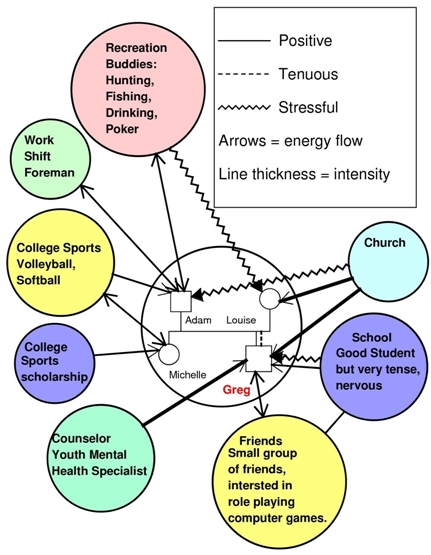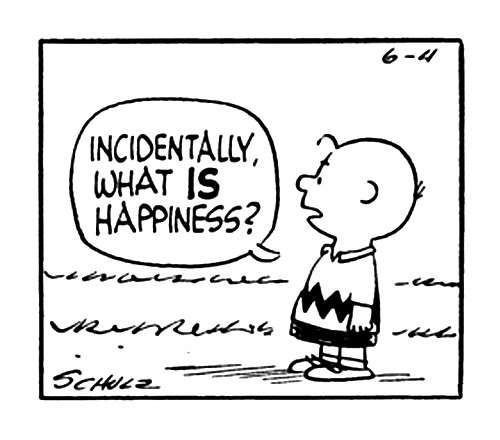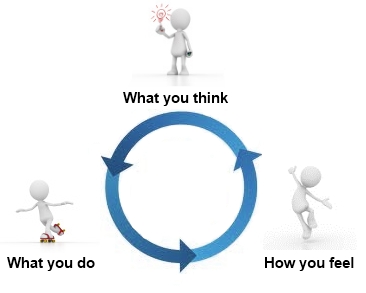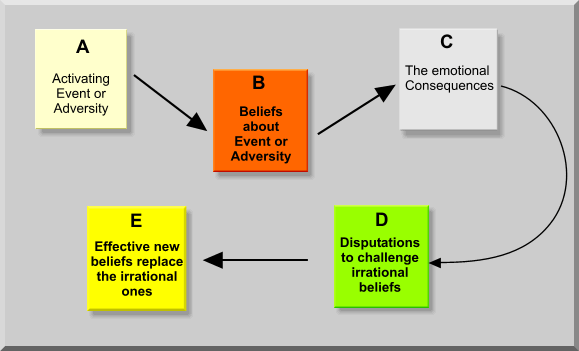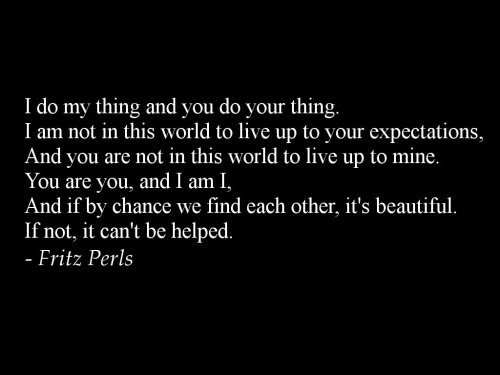Starting on a light note, here is a funny little skit on youtube from the Simpson's going to a family therapist (I think my family can look like this from time to time)...
But on a more serious note this is what family therapy really looks like...
Founders: Alfred Adler (1870-1937), Murray Bowen (1913-1990), Virginia Satir (1916-1988), Carl Whitaker (1912-1995), Salvador Minuchin (b.1921), Jay Haley (1923-2007), and Cole Madanes (b.1941)
Corey 2013 provides a great table below, I really like how this table was made, helps put it all in perspective...
Human Experiential Structural Strategic
Adlerian Mulit-family Validation Symbolic Family Family
Key figures: Alfred
Adler, Rudolf Murray Bowen Virginia Carl Salvador Jay Haley
Dreikurs, Satir Whitaker Minuchin &
Oscar Christensen, Cloe
& Manford Sonstefard Madanes
Time Present with Present & Here Present Present & Present &
Focus: some past and now Past future
reference to the
past
Therapy Differentiate Promote Promote Restructure Eliminate
Goals: enable the self; change growth, self- spontaneity Family problem
parents as leaders; the individual esteem, and organization;
unlock mistaken within the connection; change
goals and context of the help family dysfunctional
interactional system; communicate transactional
patterns in family; decrease congruently patterns
promotion of anxiety and interactively
effective parenting
Techniques: According to Corey 2013, there is a multi-layered process of family therapy which requires multiple sessions for each movement the following 4 movements are described below...
- Forming a relationship- on first session the therapist should try to connect with the family as a unit, in which mutual respect, caring, empathy, and a genuine interest in others is primary.
- Conducting an Assessment- first by starting with a genogram, like starting with a map of the family. The parents are listed with their name, age, and date of birth in either a rectangle or a circle. Following with the rest of the family below parents, then a deeper assessment of questions are taken.
- Hypothesizing and Sharing meaning- in family therapy, hypothesizing flows from the ideas and understandings generated in the assessment process. Two questions are usually formulated:
- How much faith do the therapist and the family have in the ideas they generate?
- How much of an influence is the therapist willing to be in the lives of people and families?
process. Knowing the goals and purposes for our behaviors, feelings, and
interactions tends to give us choices about their use.
-
Here is an example of a genogram:
and here is an example of what a four year olds genogram might look like:
(joysysler.com)
(cartoonstock.com)
References
Corey, G. (2013). Theory and practice of
counseling and psychotherapy. (9 ed., pp. 433-460). Belmont, CA: BROOKS/COLE
CENGAGE Learning.
Evan imber-black family therapy video clip [Web]. (2009). Retrieved from http://www.youtube.com/watch?v=6JjcIiCJaDo
(n.d.). Family therapy. [Print Drawing]. Retrieved from http://jodysysler.com/family-therapy
(n.d.). Family therapy. [Print Drawing]. Retrieved from http://www.cartoonstock.com/directory/f/family_therapy.asp
(2011). Genogram. (2011). [Print Graphic]. Retrieved from http://www.genogramanalytics.com/
